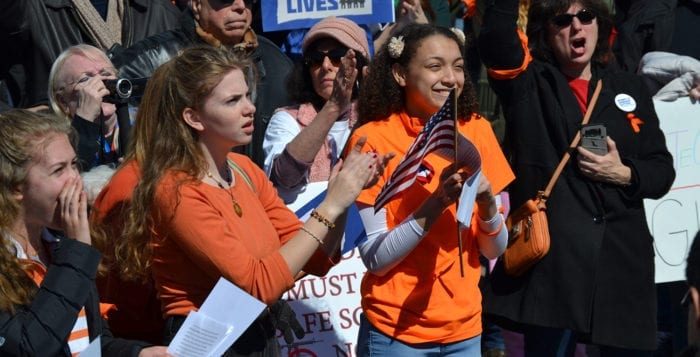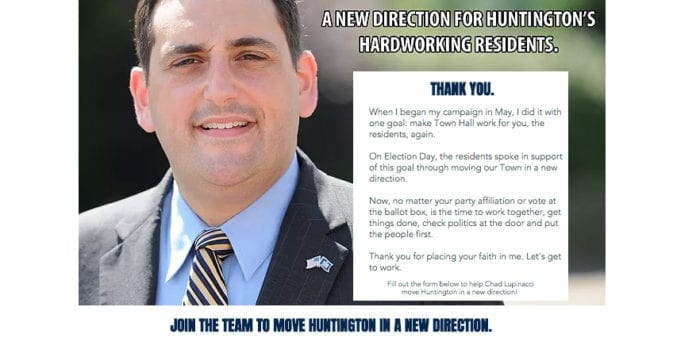Last week we had the five Democrats vying for a spot on the ballot to represent New York’s 1st Congressional District against U.S. Rep. Lee Zeldin (R-Shirley) at TBR News Media’s Setauket office for a debate-style discussion. Traditionally, this is an exercise we do every fall for each of the various races for local political offices. We write about the discussions and endorse a candidate, and we do not traditionally do this for primaries. However, this particular race at this particular time in national politics felt like an important moment to fully embrace. We are witnessing a presidential administration that both sides can at least agree on calling, if nothing else, virtually unprecedented.
This is noteworthy here and now because the district is represented by a congressman who is taking an enormous political risk by routinely doubling and tripling down on even the most unprecedented behaviors and policies that have been displayed and put forth by President Donald Trump (R). A byproduct of being a chief congressional defender of this president is that a political campaign through a long hot summer with a Democrat stockpiled with endless juicy campaign content like: “Trump and Zeldin wanted to take your health care away and let Paul Ryan raise your taxes,” awaits.
Full disclosure: We have not yet had Zeldin at our office for an extended, far-ranging discussion, as we do periodically, in 2018. A memorable quote from his last visit was, “I’m no one’s proxy.”
We intend to invite the congressman in for a discussion again in the near future, ahead of a one-on-one debate with the primary winner this fall. In the meantime, his two Twitter accounts should be examined —
@RepLeeZeldin and @LeeZeldin — and conclusions drawn. For a congressman who has been roundly criticized for declining to hold what his critics would define as the proper number of in-person, no-holds-barred town halls, his statements on Twitter can sometimes be the best we’ve got.
What he chooses to discuss on Twitter, and how it is received, has become of interest to us. A calculation Zeldin is likely to be making currently, if retweets and likes are to be believed is rabble-rousing about Special Counsel Robert Mueller, Russia and general identity politics sells.
While our organization is not endorsing a primary candidate, we will offer a few thoughts that registered NY-1 Democrats should know come June 26. They will have their choice of five, clear-headed, issue-driven candidates who are decidedly left of Hillary Clinton (D) and a few strides to the right of Sen. Bernie Sanders (D-Vermont) on the political spectrum, but not much. They each offer unique and interesting political challenges for Zeldin, especially should he choose to embrace Trumpism and identity politics as his campaign motif.
Kate Browning lives two miles from the incumbent on the South Shore, and insisted she knows what it takes to make a dent in Zeldin’s base, in addition to touting her experience in the Suffolk County Legislature.
Elaine DiMasi is a scientist from Brookhaven National Lab, who we imagine would be difficult to debate on a topic like, say, “clean coal.”
Perry Gershon can ironically sell a similar background to Trump: a political outsider from the private sector — commercial lending and a small business owner — running on change, with the most money of any of the candidates, which largely comes from his own pocket.
David Pechefsky boasts legitimate domestic policy experience as a longtime New York City Council staffer, though he has not personally held political office. He also possesses a legitimate foreign policy background, having served as an adviser to foreign governments.
Vivian Viloria-Fisher has a solid blend of track record, depth of experience, name recognition from her years in the county Legislature and laser focus on the few issues we could easily see being the deciding factors come November: health care (especially regarding reproductive/women’s health care rights), gun control and immigration.
We will continue tracking this race through November and will update you with the primary results come the end of June. We hope you will reach out to us with your thoughts and feelings about the challengers and the race, too.






